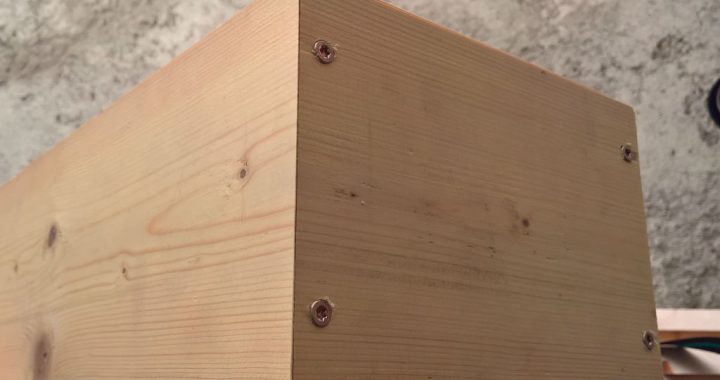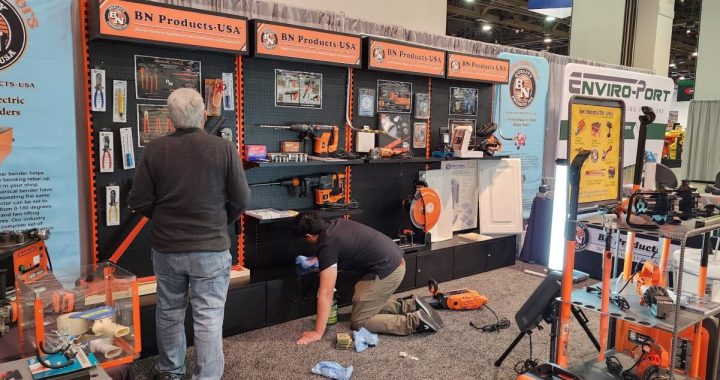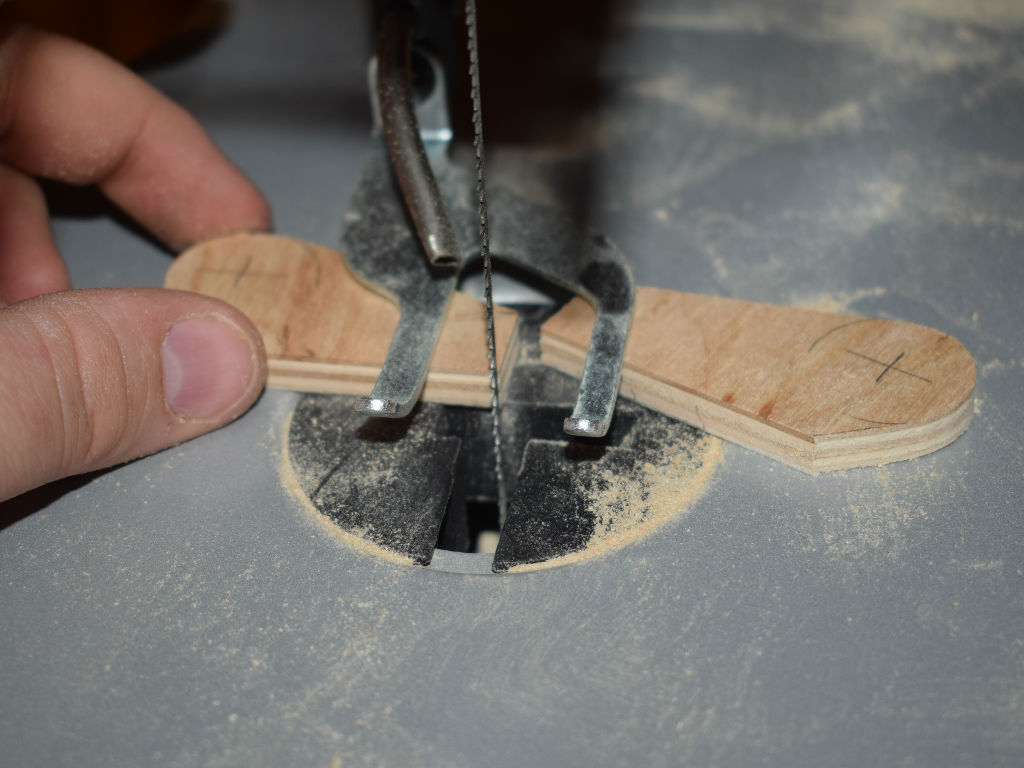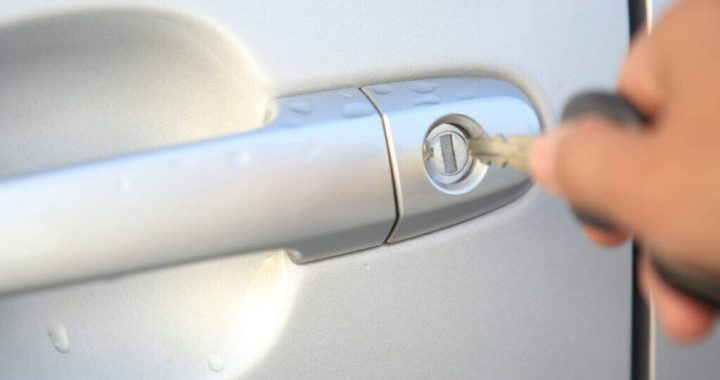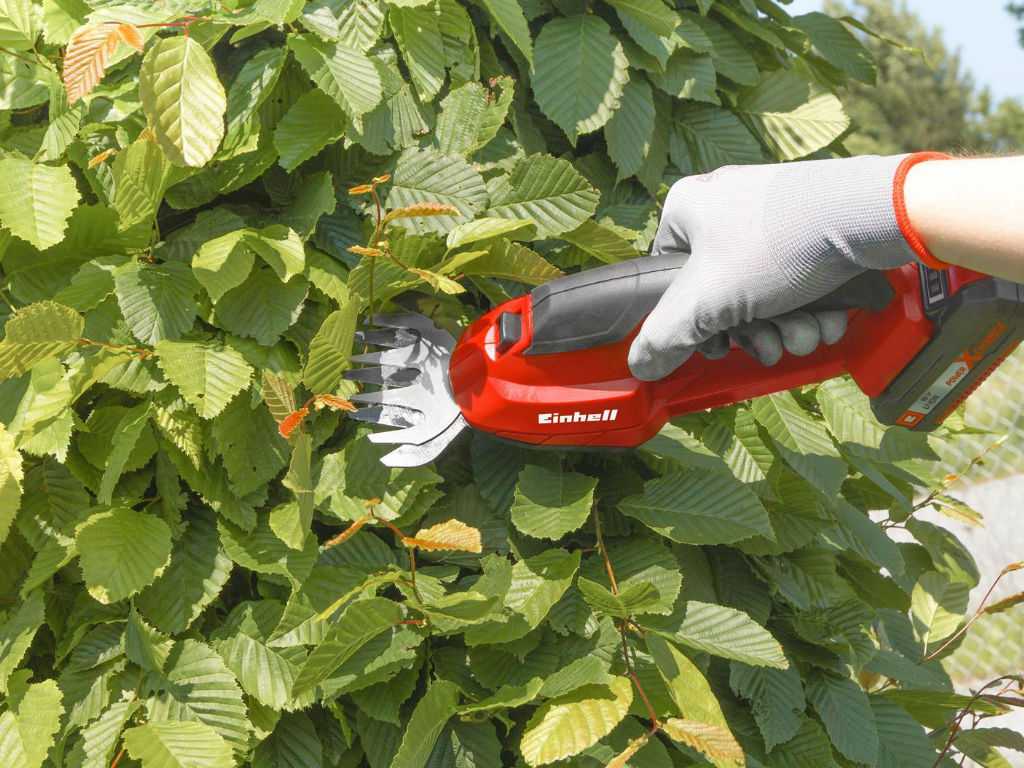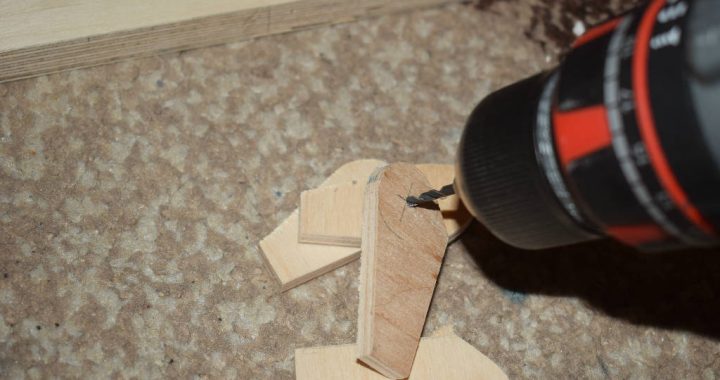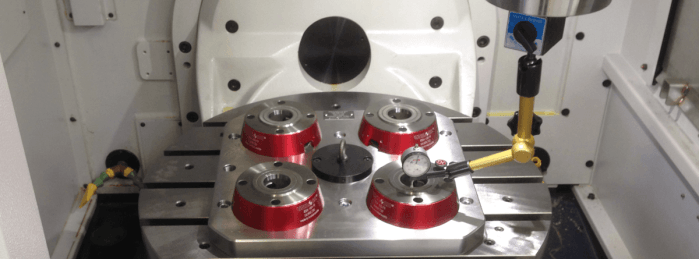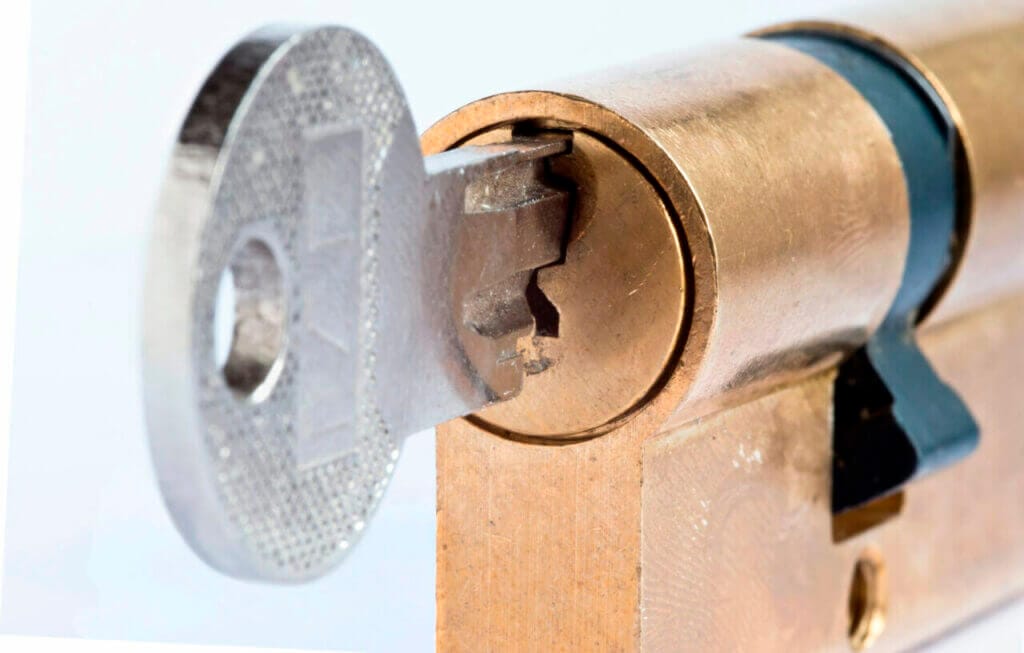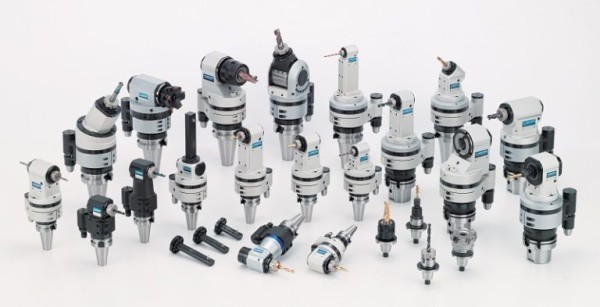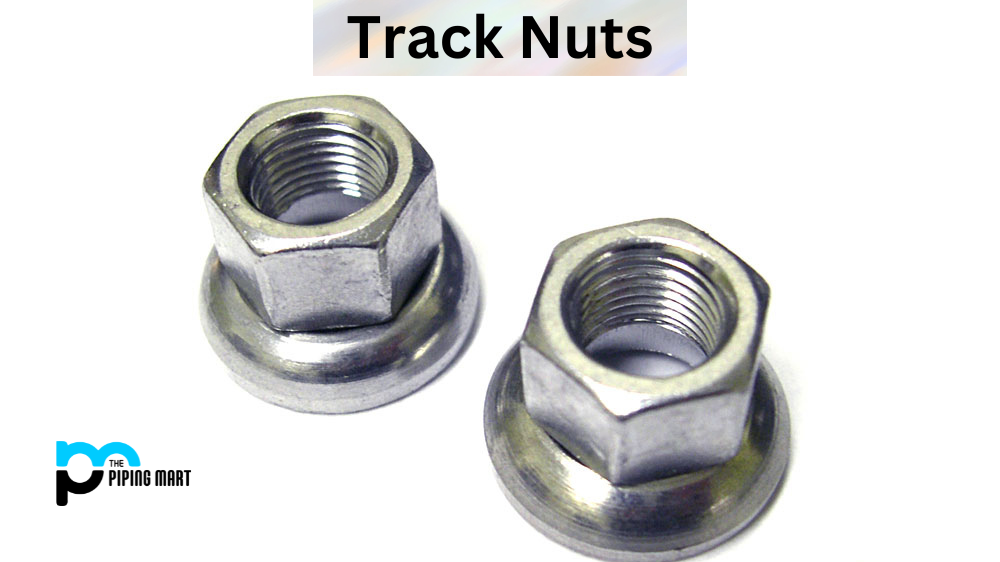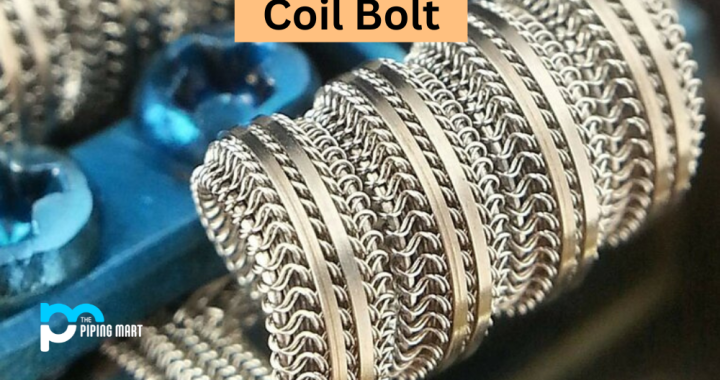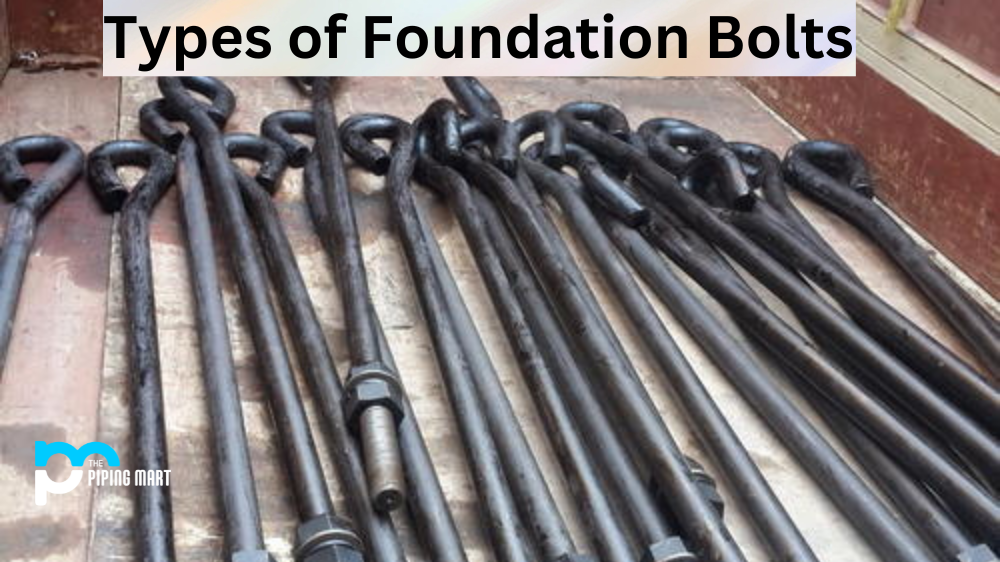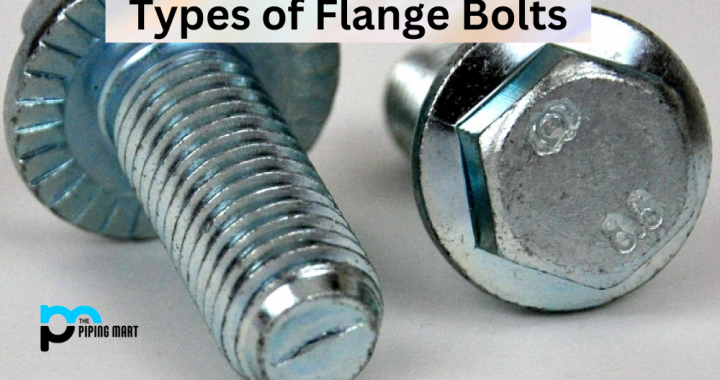Lifting has emerged as a fundamental technique in landscaping and construction, offering a versatile solution for surface elevation and gradient correction. When paired with geocell drainage technology, lifting becomes a linchpin for sustainable soil stabilization and erosion control. This article delves into the symbiotic relationship between lifting and geocell drainage, elucidating their combined potential in enhancing landscapes and managing water flow.
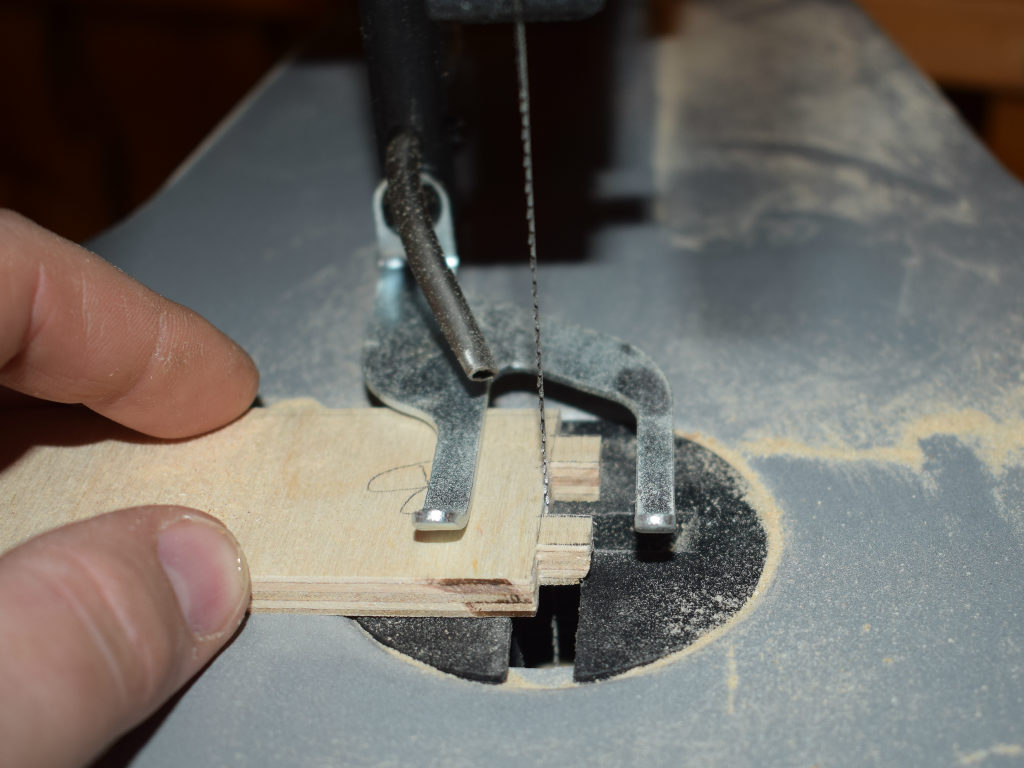
The Art of Lifting: Precision Elevation for Enhanced Landscapes
Lifting involves strategically adding material beneath a surface to raise its elevation, utilizing methods such as soil compaction, polyurethane foam injection, or the placement of fill materials. By meticulously adjusting surface levels, lifting corrects uneven terrain and promotes efficient water drainage, laying the foundation for visually appealing and functional outdoor spaces.
Leveraging the Benefits of Lifting in Landscaping Projects
Incorporating lifting offers numerous advantages, including improved aesthetics, enhanced functionality, and increased property value. By eliminating low spots and ensuring uniform grades, lifting enhances the visual appeal of outdoor environments while minimizing safety hazards associated with uneven surfaces, thereby creating a safer and more enjoyable outdoor experience for users.
Maximizing Drainage Efficiency with Geocell Technology
Geocell drainage employs three-dimensional cellular confinement systems to stabilize soil and regulate water flow. When integrated with lifting techniques, geocell structures enhance drainage capabilities by facilitating efficient water infiltration and reducing surface runoff. This collaborative approach not only prevents erosion but also fosters long-term soil stability, making it an indispensable component of sustainable land management practices.
The integration of lifting and geocell drainage technology offers a transformative approach to addressing terrain irregularities and water management challenges in landscaping and construction projects. By harnessing lifting techniques to elevate surfaces and integrating geocell structures for enhanced drainage, stakeholders can create outdoor environments that are both visually appealing and ecologically sustainable. As the demand for sustainable land management practices continues to grow, the collaboration between lifting and geocell drainage holds promise for innovation and environmental stewardship.

